Architects: Want to have your project featured? Showcase your work by uploading projects to Architizer and sign up for our inspirational newsletters.
Water has emerged as the greatest challenge of the 21st century. Facing global scarcity, droughts, flooding and climate concerns, the world’s nations have begun investing substantial time and resources to address the dramatic shifts in global water dynamics. With the recent climate talks in Paris and the growing demands for systemic change, countries and organizations alike have started promoting new research initiatives to better understand the problems we face. Ideas like blue urbanism, ecological infrastructure and maritime spatial planning are being used to balance oceanic development and water management. Architects have begun working within these larger movements, designing integrated environments that connect to broader networks and systems.
The following collection takes a closer look at water through oceanic research facilities. Found around the world, these buildings combine laboratories, libraries and exhibition spaces to further understanding of the world’s oceans. Overlooking nearby coastlines and waterfronts, these buildings provide space for critical reflection and exchange. While they are formally and spatially diverse, the projects all establish powerful relationships to light and view. Using the building envelope to control views and support internal programs, the projects are largely hermetic and introspective in nature. Accommodating space for storage, archiving and display, they begin to curate the unique artifacts and ideas surrounding the future of our oceans.
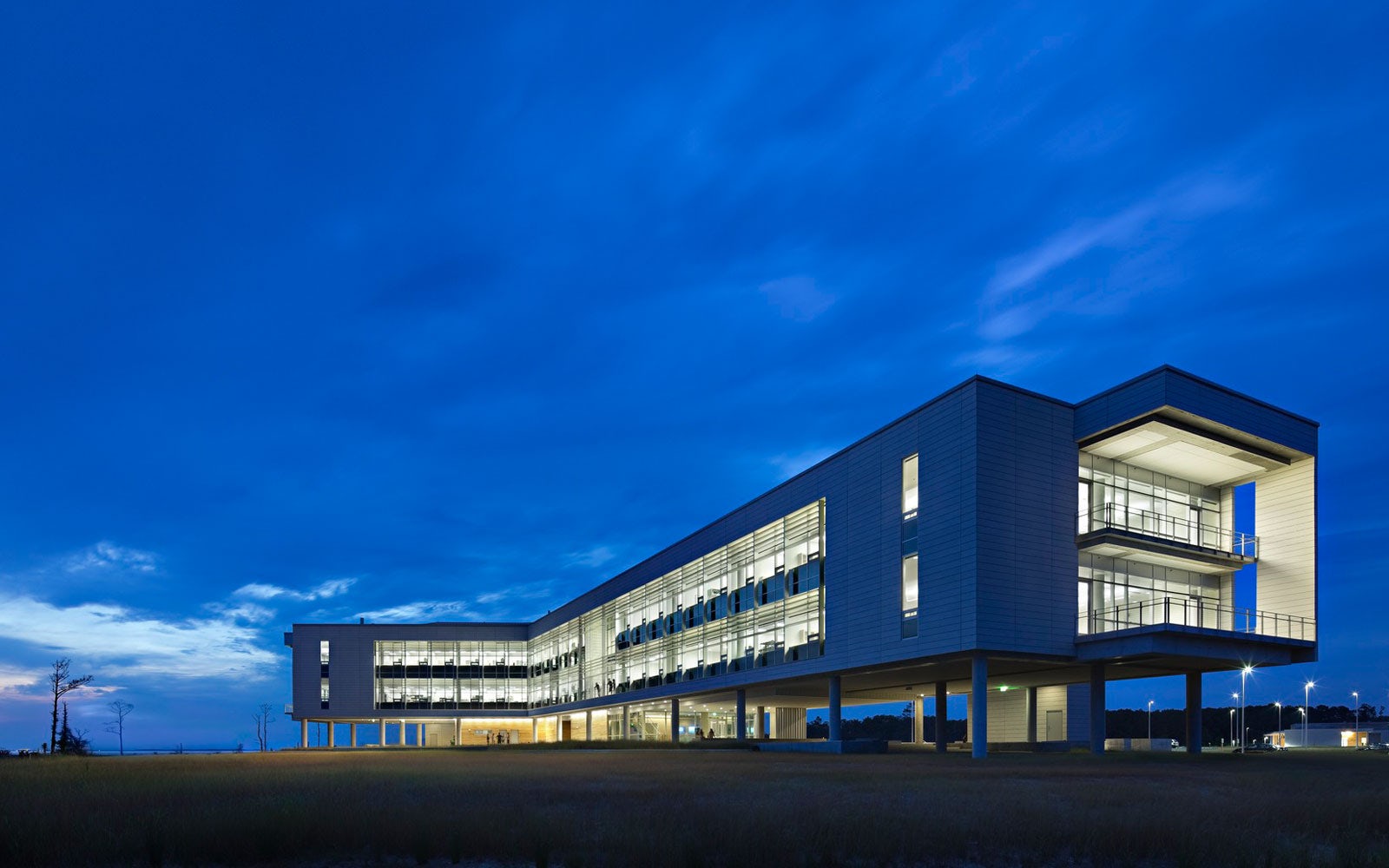
© Mark Herboth Photography

© Mark Herboth Photography
UNC Coastal Studies Institute by Clark Nexsen, Wanchese, N.C., United States
Surrounded by wetlands, the Coastal Studies Studies Institute Research Building is located on the banks of Roanoke Island and the Croatan Sound. The facility includes offices, classrooms and research labs. The building is aligned with the simple bend of a nearby canal to capture views of the water and the sky.

© Assassi Productions
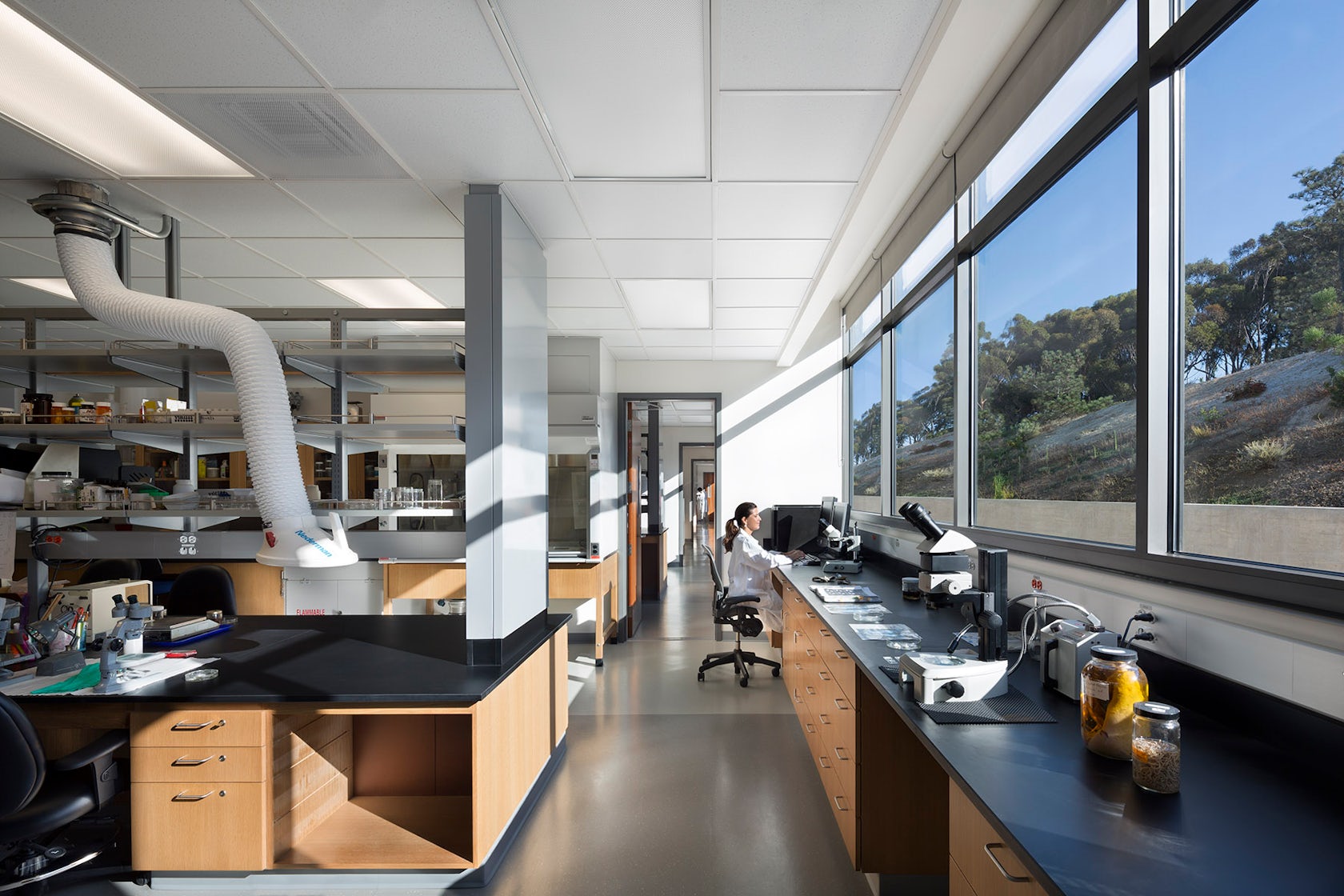
© Assassi Productions
NOAA Southwest Fisheries Science Center by Gould Evans, San Diego, Calif., United States
This NOAA Fisheries Science Center was built in partnership with the University of California San Diego to create a world-class sustainable building for environmental stewardship. With an open interior and courtyards to encourage interaction, the facility takes advantage of the local microclimate. Designed to respect the needs of research scientists, the building includes a state-of-the-art ocean technology tank with a capacity of over half a million gallons.

© soma architecture
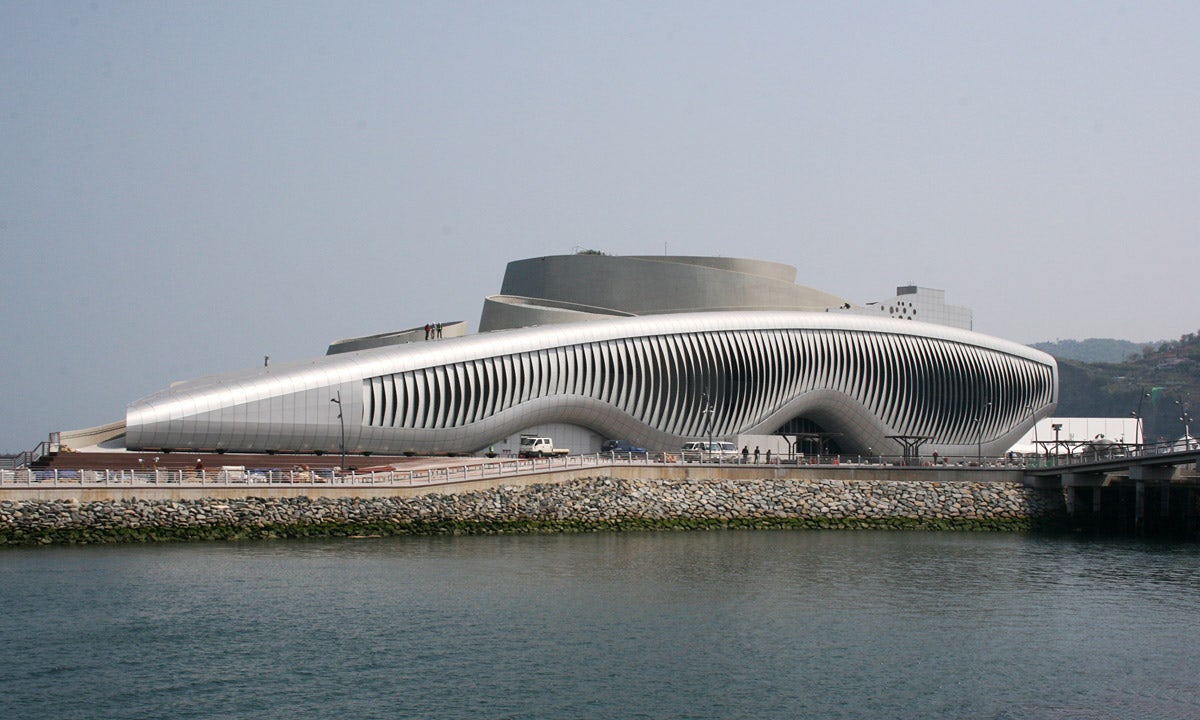
One Ocean by soma architecture, Yeosu-si, South Korea
Designed as a thematic Pavilion for EXPO 2012, this structure made to embody the Expo’s theme of The Living Ocean and Coast. Creating a multi-layered experience, the project includes a biomimetic kinetic façade that showcases forward-looking innovation.

© ZGF Architects

© ZGF Architects
J. Craig Venter Institute La Jolla by ZGF Architects LLP, La Jolla, San Diego, Calif., United States
The Venter Institute at La Jolla was designed to encourage interaction while housing the programmatic space necessary for genomics research. Designed to champion sustainability, the building became the first net-zero energy biological laboratory in the United States. Labs and office space were positioned around a central courtyard and collaborative outdoor space designed to draw researchers together from various departments.

© Barré Lambot architectes

© Barré Lambot architectes
Institute of Marine Genomics by Barré Lambot architectes, Roscoff, France
The Institute of Marine Genomics was organized around an interior garden. A rational organizational strategy and simple construction combined to help integrate the project with the site and its surrounding context. Glass, concrete, granite and zinc were used to delineate separate areas of the program.

© Martín Hurtado Arquitectos Asociados

© Martín Hurtado Arquitectos Asociados
Coastal Marine Research Station by Martín Hurtado Arquitectos Asociados, Cartagena, Chile
A coastal research station, this facility overlooks the Pacific Ocean along the San Antonio Province of the Valparaíso Region. It was built to include space for prolonged research residences. Three partially buried volumes house the program, including a multipurpose space, international laboratory and research area.
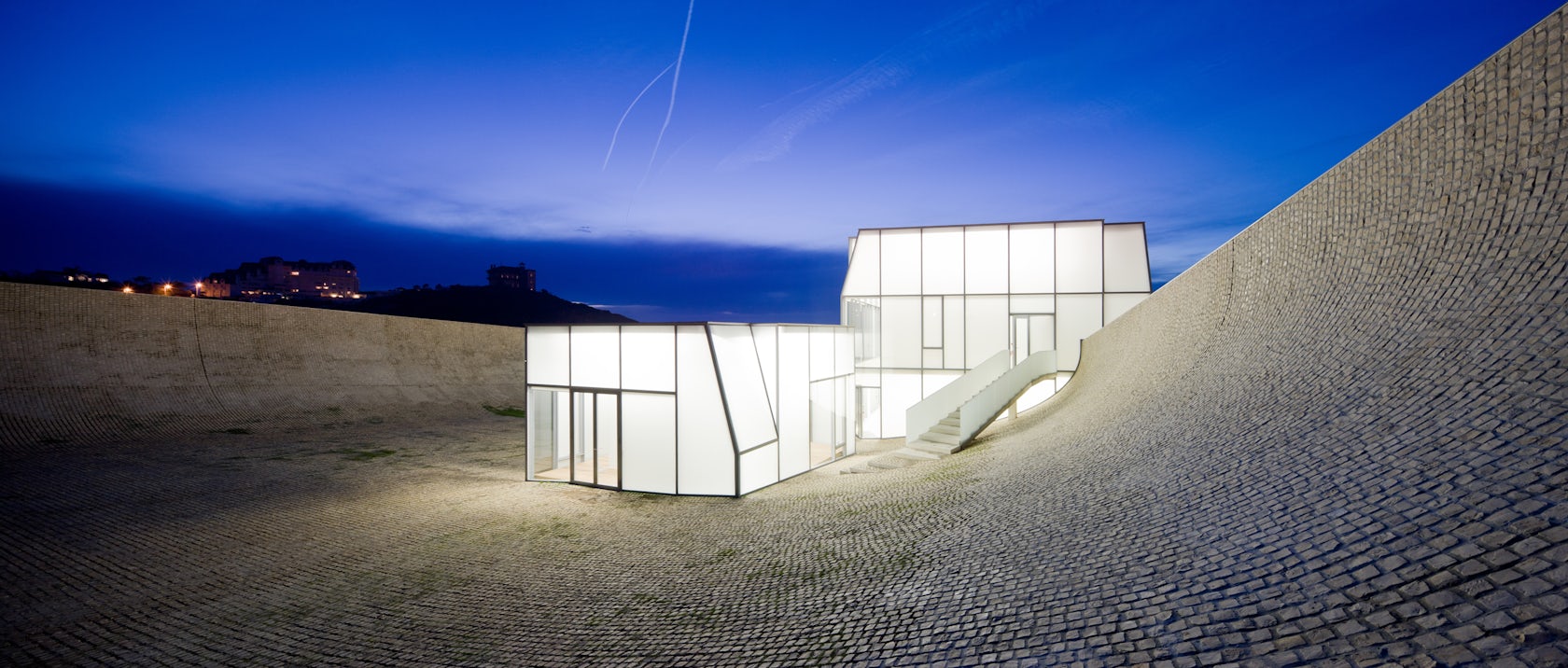
© Steven Holl Architects

© Steven Holl Architects
Cité de l’Ocean et du Surf by Steven Holl Architects, Biarritz, France
Designed to help raise awareness of oceanic issues, the Museum of Ocean and Surf combines plaza space, exhibition areas and collection space. Exploring the scientific and education aspects of the sea and its role in ecology, science and leisure, the museum integrates concept and topography. Together, the two elements establish unique spatial experiences around “glass boulders.”
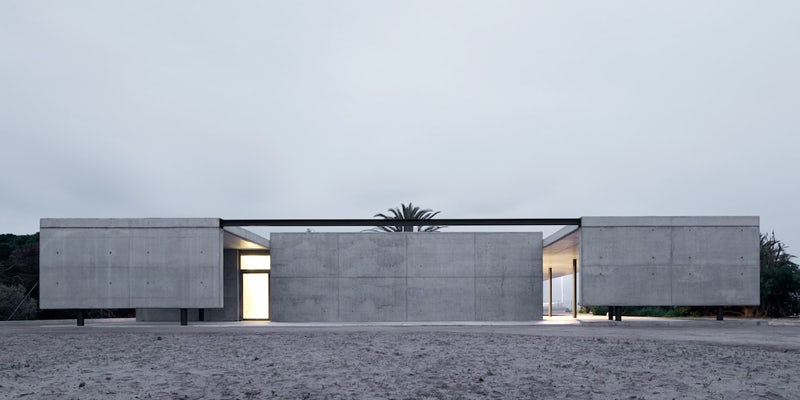
© Hidalgo Hartman
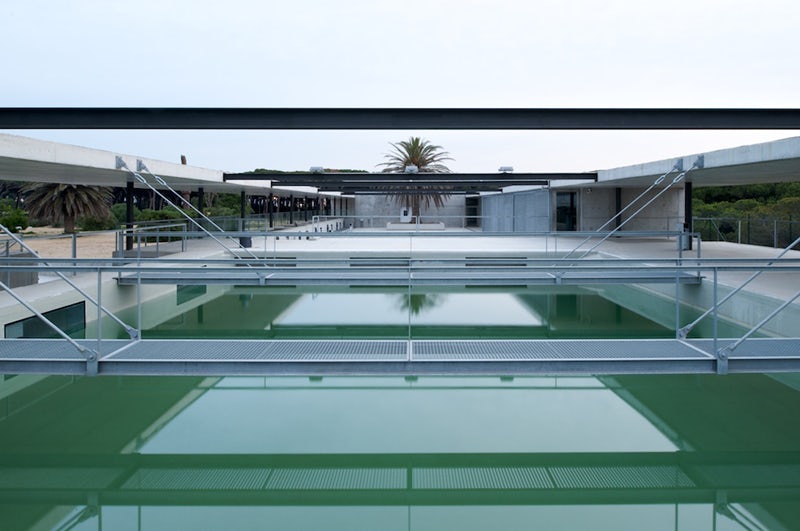
© Hidalgo Hartman
CRAM Foundation by Hidalgo Hartman, Barcelona, Spain
This minimalist building in Barcelona was designed to house the CRAM Foundation, an organization that aims to protect the environment and marine animals. The building includes a clinic for the rescue, and eventual reintroduction, of endangered marine species along the Catalan coast. Research spaces are balanced with public program areas which support the foundation’s goal of raising social awareness.

© Alan Karchmer
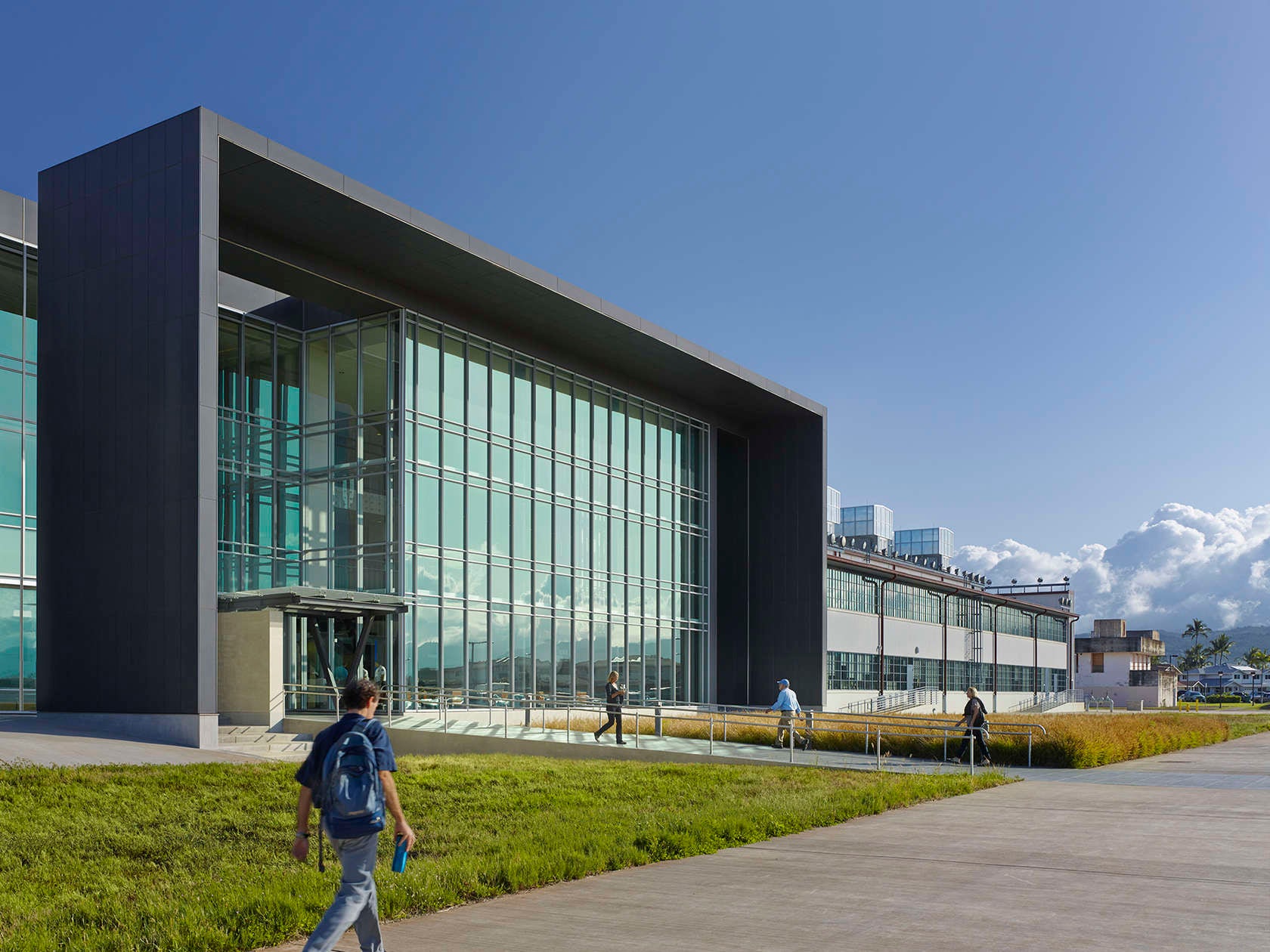
© Alan Karchmer
NOAA Daniel K. Inouye Regional Center by HOK, Pearl Harbor, Hawaii, United States
Reusing two historic, World War Two-era airplane hangars, the NOAA Inouye Regional Center was designed as a state-of-the-art sustainable research and administrative campus. Balancing various preservation demands and the desire to create an original space, the project uses simple forms and appropriate materials to complement the scale and materiality of the existing hangar buildings.

© Atelier Stéphane Fernandez

© Atelier Stéphane Fernandez
International Accommodation Centre for the Oceanological Observatory by Atelier Fernandez & Serres, Banyuls-sur-Mer, France
This project was designed as part of a complex of facilities which include the research center and observatory of Banyuls-sur-Mer. Accommodating students and scientists from around the world, the design includes space for short research stays and experimentation. The project’s rectangular volume was clad in pink-ochre coral, an undulating envelope with distinct “strands” created through modules and a mathematical algorithm.
Architects: Want to have your project featured? Showcase your work by uploading projects to Architizer and sign up for our inspirational newsletters.




